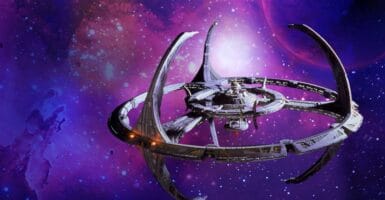Dark Universe Revealed By Euclid Space Telescope
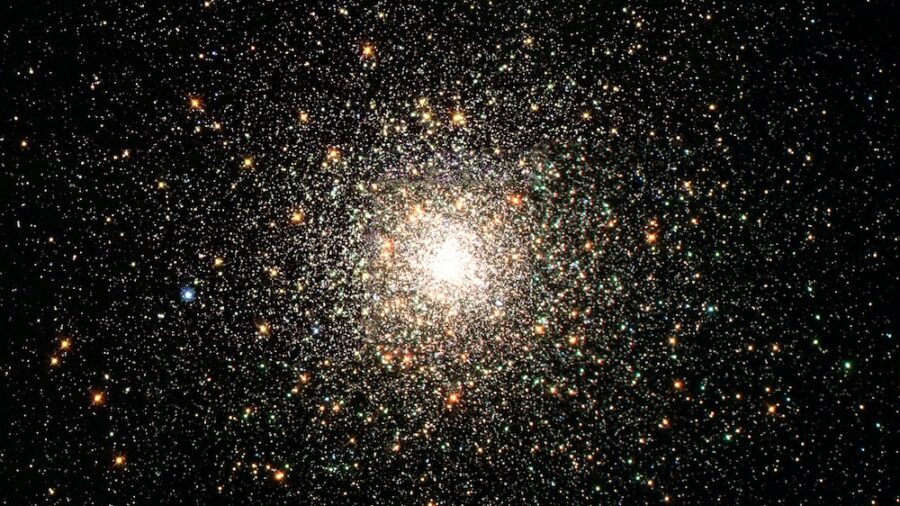
The European Space Agency’s (ESA) Euclid space telescope is poised to shed light on the 95 percent of the cosmos that remains hidden from view. With a staggering $1.4 billion investment, Euclid is a cutting-edge instrument designed to uncover the most profound secrets of the dark universe. The first images taken with the telescope were released at 8:15 a.m. ET, on November 7.
These come from the European Space Agency.
3D Map Of The Universe
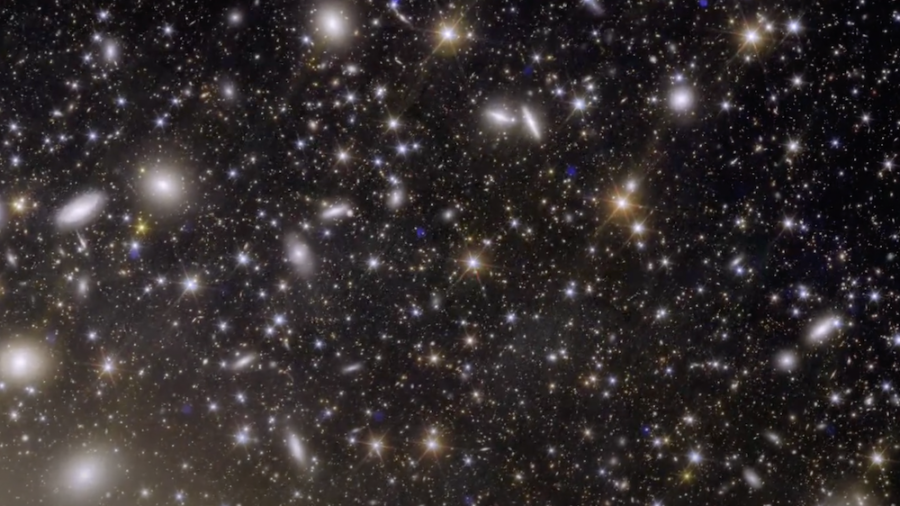
Euclid’s primary mission is to create a 3D map of the universe, providing scientists with invaluable insights into the dark universe’s evolution from the moment of the Big Bang, approximately 13.77 billion years ago.
To put this into perspective, our solar system is a mere 4.57 billion years old, and human existence spans just a fraction of that time, at around 300,000 years.
Most Detailed Images Of Their Kind
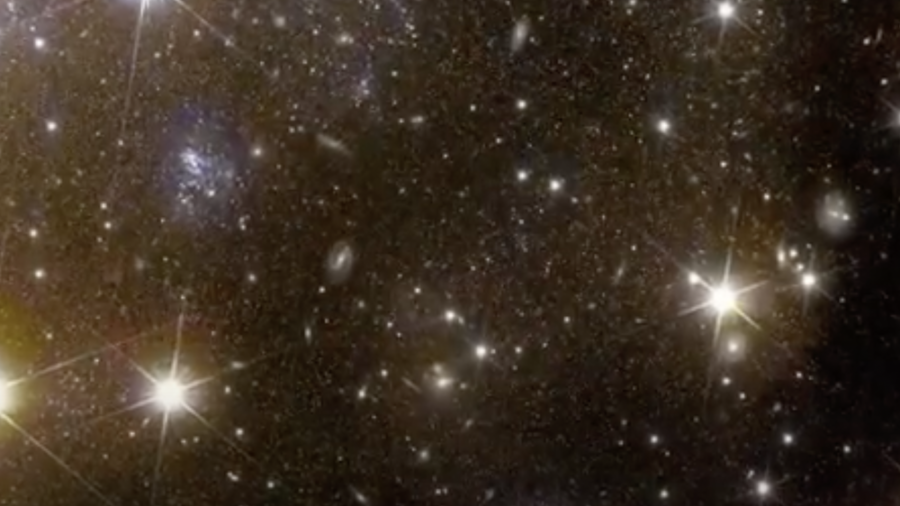
The European Space Agency (who provided the images), in collaboration with NASA, has described these images as the most detailed of their kind, showcasing the telescope’s ability to observe billions of galaxies, even those located up to 10 billion light years away.
The images encompassed four distinct regions within the relatively nearby dark universe.
They include a collection of 1,000 galaxies belonging to the immense Perseus cluster, situated a mere 240 million light-years from Earth. The images also featured over 100,000 galaxies scattered across the cosmic backdrop, as reported by ESA. Carole Mundell, the Director of Science at ESA, emphasized the mysteries of the dark universe.
Only Understand Five Percent Of The Universe
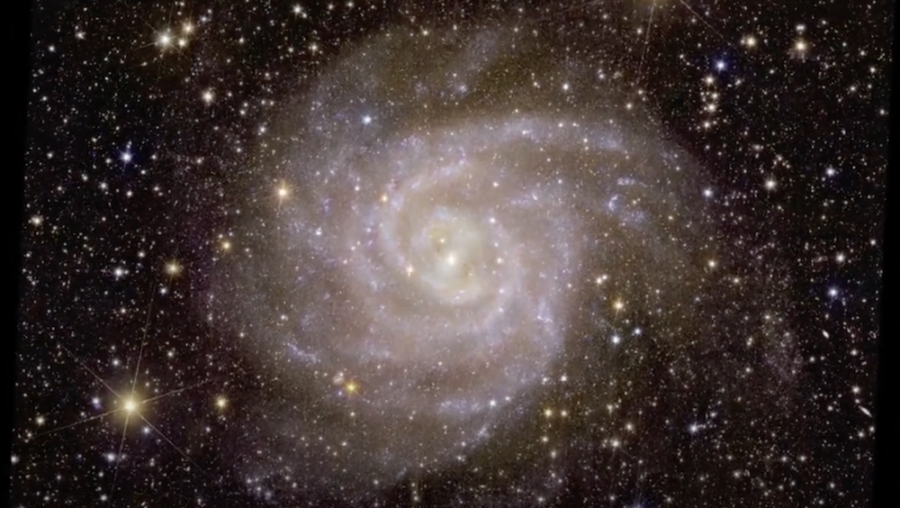
“We think we understand only five percent of the universe, that’s the matter that we can see,” Mundell told Reuters.
“The rest of the universe we call dark because it doesn’t produce light in the normal electromagnetic spectrum. But we know its effect because we see the effect on visible matter.”
Signs of hidden force exerted by dark matter manifest as galaxies rotating at a swifter pace than usual.
One Million Miles From Earth
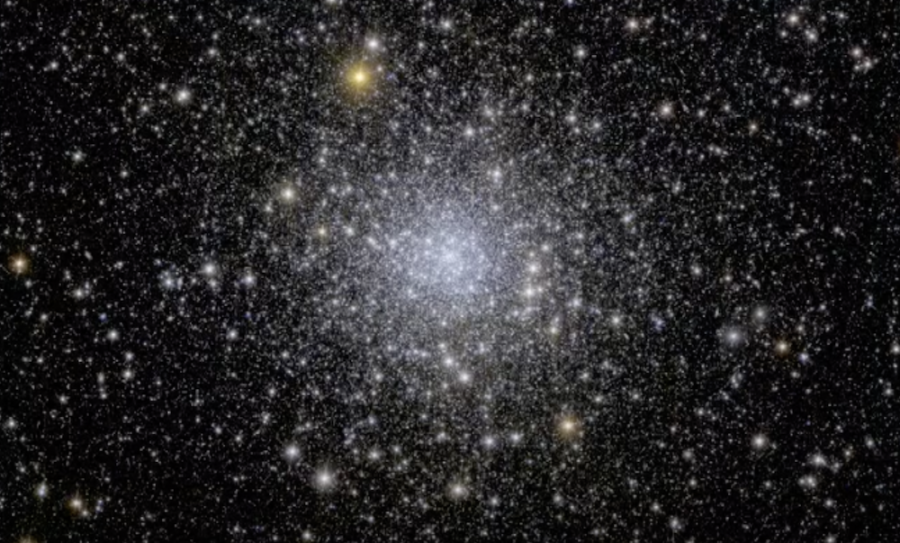
While the images of the dark universe are incredible, Euclid’s first images were actually published on August 1, albeit as tests taken during the telescope’s commissioning phase.
Situated approximately one million miles from Earth, Euclid shares its location with NASA’s Webb Space Telescope. However, unlike Webb, Euclid not only observes the cosmos in near-infrared wavelengths but also features a visible light camera.
The visible light camera on Euclid is tasked with capturing images of billions of galaxies as part of its mission to construct a comprehensive 3D map of the dark universe. A preliminary test image taken by the telescope’s Near-Infrared Camera and Spectrograph (NISP) instrument showed a mere four percent of the telescope’s field of view.
Euclid Mission
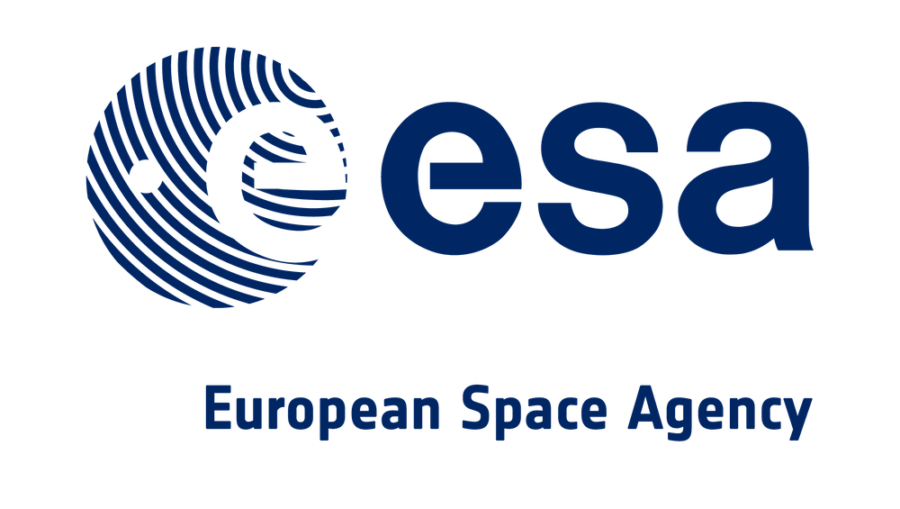
During its regular operations, Euclid will collect light for approximately five times longer, enabling the observation of fainter and more distant light sources.
However, the mission was not without its obstacles. The team encountered challenges related to star tracking and unwanted light reaching the telescope’s detectors. However, a software patch was later installed to address some of these issues.
Surveying The Cosmos
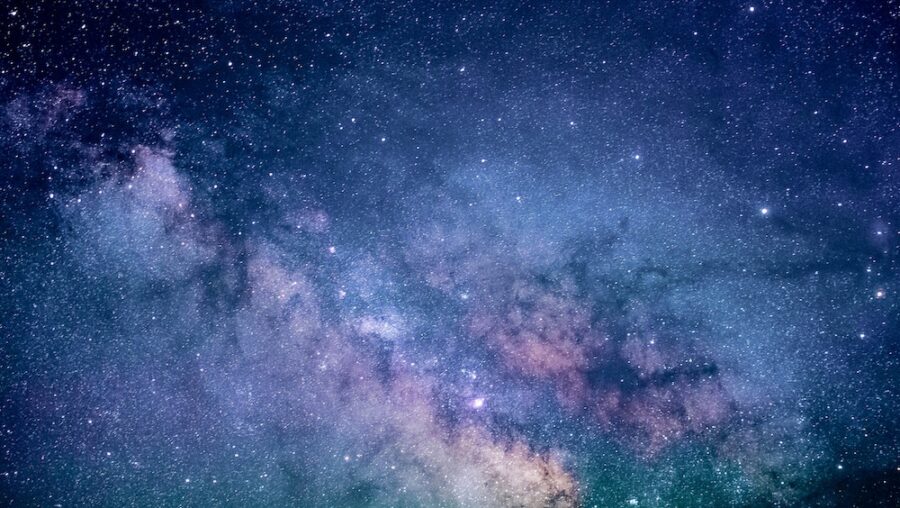
The dark universe reveal includes five striking images, each offering a glimpse into the depths of space. High-resolution versions of the pictures will also be made accessible to the public, allowing for a more detailed exploration of the celestial wonders they contain.
Euclid will survey a third of the cosmos over the next six years to find clues about the nature of dark matter and dark energy that appear to control space.











